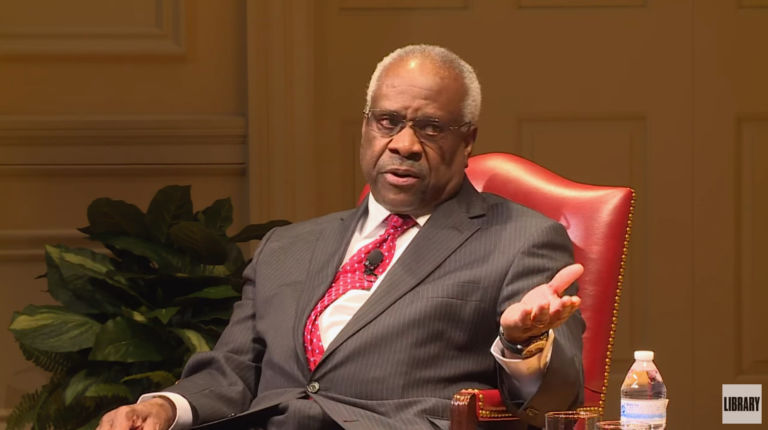There are 1.9 million fewer people employed at the end of May 2011 than there were in February 2009 when Obama’s $800 billion stimulus package was passed. According to CNS.com:
In February 2009, the Bureau of Labor Statistics (BLS) reported that 141.7 million people were employed. By the end of May 2011 – the last month for which data are available – that number had fallen to 139.8 million, a difference of 1.9 million.
And the fact is that this outcome was completely predictable and predicted. A net loss of employment opportunities is the only logical outcome from a policy based on wealth transfers rather than wealth creation. In January 2009, right before the stimulus plan was passed, I published this article explaining why, no matter how the money was raised–taxes, borrowing, or printing–no net job creation from the stimulus was possible or should be expected. This was not innovative thinking but a straightforward application of basic economic reasoning. As I noted then “the problem is not with the details but with the idea that government can spend an economy out of recession. Every dollar that the government funnels into the ailing economy ultimately has to be diverted from other activities in that same economy.” And let me ask, does any of this sound familiar?
“There is a reason why all this is appealing to politicians. Those who are employed as a result of the largesse, i.e., the political winners, are obvious and seen by all. News cameras can show up at the site of the government-funded project and talk about people being put back to work. Politicians can claim credit for these jobs at election time. ”
Consider the sub-headline on the front page of today’s News and Observer “The president uses visit to Triangle LED maker Cree to highlight economy”
But as any student who understands the most important lesson in economics can tell you, it is not just about the seen but the unseen. I summarized the principle back in 2009.
“Those who pay the price [for the Cree’s of the country] are not so easily identified. They are the people who lose their jobs because their industries have to cut back. Or it may be those who are finding it impossible to get a job because private-sector investors are being squeezed out of the market by government-financed demand for scarce resources. These costs are real, but those who bear them cannot trace their plight easily to the government policies. Politicians will reassure them that they will benefit from the next round of spending, as we are now seeing. The victims shoulder the burden while presidents and members of Congress take false credit.”
But unless your a progressive you probably already understood this and if you are a progressive there seems to be something in your DNA that prevents you from understanding it.


